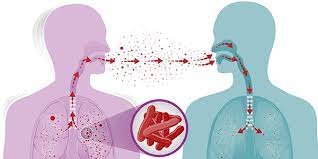Meghalaya is the third poorest state in India after Bihar and Jharkhand.
This is as per the NITI Aayog’s discussion paper ‘Multidimensional Poverty in India since 2005-06’ which was released on January 15. The study discussed the initiatives taken to address all dimensions of poverty between 2013-14 to 2022-23.
The discussion paper was written by Prof. Ramesh Chand, Member, NITI Aayog and Dr. Yogesh Suri, Senior Adviser, NITI Aayog with technical inputs from United Nations Development Programme (UNDP) and Oxford Policy and Human Development Initiative (OPHI).
In the projection for 2022-23 shared by the Niti Aayog study, Bihar, Jharkhand and Meghalaya remain the states with the highest number of poor people.
Bihar has 33.76 per cent of people who are multidimensionally poor, Jharkhand has 28.81 per cent and Meghalaya has 27.79 per cent. They were followed by Uttar Pradesh with 22.93 per cent and Madhya Pradesh with just over 20 per cent.
The Niti Aayog discussion paper draws the National Multidimensional Poverty Index (MPI) data from National Family Health Surveys (NFHS) 4 (2015-16) and 5 (2019-21), which were conducted by the Ministry of Health and Family Welfare.
To count the poverty levels, the index used 12 parameters, like, access to housing, electricity, bank account, cooking fuel, etc, based on the Sustainable Development Goals (SDGs) of the United Nations.
The Multidimensional Poverty Index (MPI) is a globally recognised comprehensive measure that captures poverty in multiple dimensions beyond monetary aspects.
MPI’s global methodology is based on the robust Alkire and Foster (AF) method that identifies people as poor based on universally acknowledged metrics designed to assess acute poverty, providing a complementary perspective to conventional monetary poverty measures.
According to the NITI Aayog discussion paper, Global MPI uses ten indicators covering three areas namely health, education and standard of living. Health dimension includes Nutrition and Child & Adolescent Mortality indicators, education dimension includes Years of Schooling and School Attendance indicators and standard of living dimension includes six household specific indicators namely, housing, household assets, type of Cooking Fuel, access to Sanitation, Drinking water and Electricity. The MPI assesses poverty at the individual level. If a person is deprived of a third or more of ten (weighted) indicators, the global MPI identifies them as ‘MPI poor’.
The paper also said India is likely to achieve Sustainable Development Goals (SDGs) 1.2 (reducing multidimensional poverty by at least half) much ahead of 2030.
























